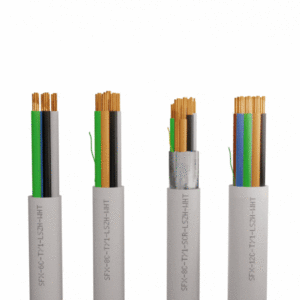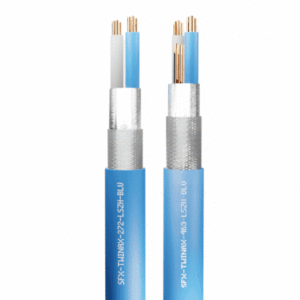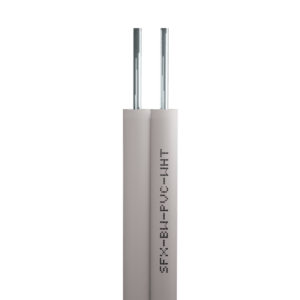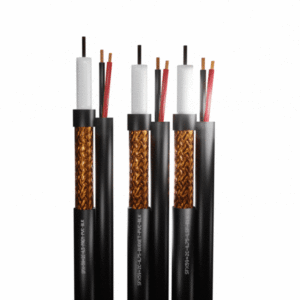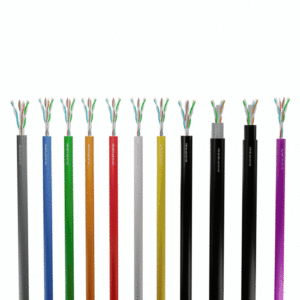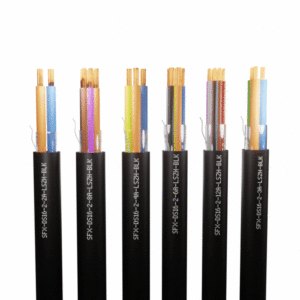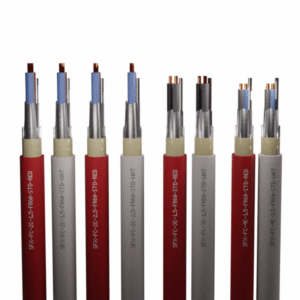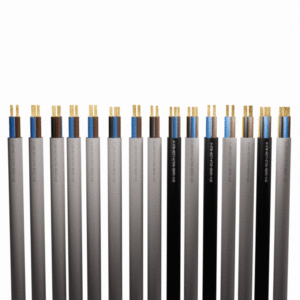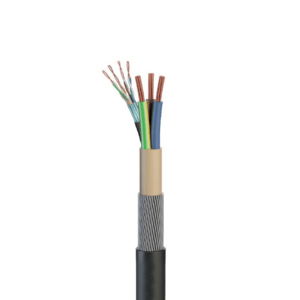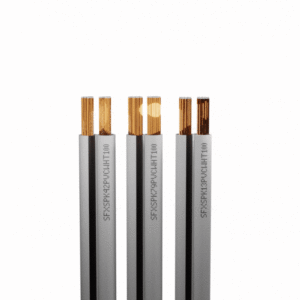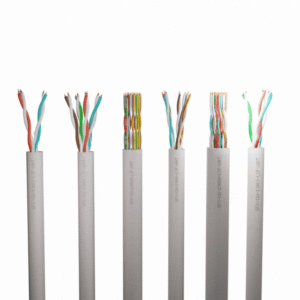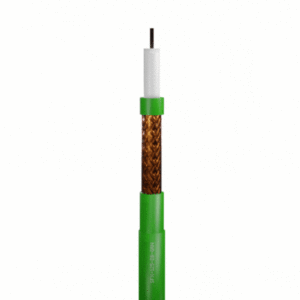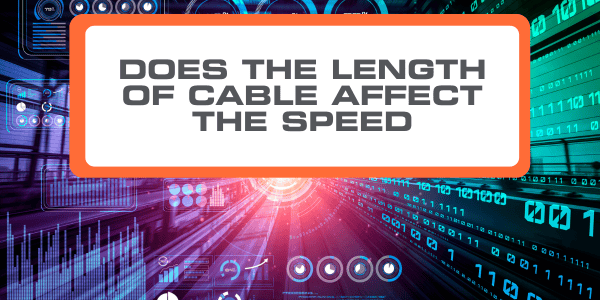Network speed is not significantly affected by the length of an ethernet cable, especially with current/recent cables and networks.
Nonetheless, that does not mean you can attach one end of a data cable to one end of the world and the other to your device and think it will operate the same way as a connection to a nearby router.
To put it another way, there is a limit to how long a cable can be. Although there is no set limit to the length of the cable, a long ethernet cable can result in a reduction in delay.
What is the Reason?
The reduction is mostly due to the length of time a signal must travel through the cable. The longer the travel distance, the more likely there are to be interferences. That is extremely unlikely to be noticed, especially when comparing two wires.
The impacts are barely evident until the wire get beyond 100m in length. However, the maximum bandwidth supported by your ethernet cable will have a big impact on this.
For example:
- Running a Cat 5 cable or Cat 5e for less than 100m – no speed change
- Running the same cables for more than 100m – a speed drop
Types of Cable and Their Maximum Lengths
- VGA cable – maximum length before a signal is lost or disrupted – between 10 and 15 m
- HDMI cable – maximum length before a signal is lost or disrupted – 15m
- USB 2.0 – maximum length before a signal is lost or disrupted – 5m
- USB 3.0 – maximum length before a signal is lost or disrupted – 3m
- Cat5 and Cat6 ethernet cable – maximum length before a signal is lost or disrupted – 100m
- Normal fibre optic – maximum length before a signal is lost or disrupted – 10m
- Quality fibre optic – maximum length before a signal is lost or disrupted – 60m
What Does Speed Mean?
The often referred ‘speed’ in fact means signal strength – the amount provided over how long is a signal strength factor. After 100m, your signal strength will plummet because of bandwidth loss from signal loss throughout the length of the run, increasing noise from crosstalk, and leakage.
Conclusion
To conclude, depending on the sort of ethernet cable you have, anything less than 100 to 110m in length will have an insignificant effect on your speeds. However, bear in mind that across long distances, latency will be increased.
For more information on our range of data and ethernet cables, get in touch with our expert team!

